The 2025 Fulfillment Shift: How Amazon MCF Now Powers Shein, Walmart, and Shopify Orders
Reading Time: 11 minutesThe eCommerce shift you actually need to act on Multi-channel fulfillment has…
Convenience, innovation, and building relationships – that’s what eCommerce is all about. Fabricating an eCommerce store is no rocket science today, but only some are nurturing global relationships. If online shoppers perceive that your store is convenient, they will be eager to build relations with you. But the question is – how? The answer is camouflaged in the future trends of eCommerce. Round-the-clock innovation is the key to create a valuable online store. The blurred picture of renovation will only be clear if you behold online shopping trends and put them into practice. If you also want to unlock the future of eCommerce in 2021, you’re at the right place – here, you’ll get a clear picture of the future of internet shopping.
The report is split into three parts that are deeply tangled with eCommerce roots- buyer’s behavior, payment trends, and eCommerce future as a whole.
In the entire diegesis, one thing remains the same – Shopify – A majestic eCommerce platform for all kinds of sellers. Whether you are a drop-shipper or selling self-manufactured products – Shopify is the epitome of online stores. It’s among the atypical platforms that seminars about online shopping trends and their contribution towards the same are correspondingly bewildering.
Internet shoppers are young, crazy, and accessible. Young by age, crazy by things they are shopping, and open to shopping from anywhere, anytime, etc. With such a demanding troop of internet shoppers, knowing how to sell to them is as important as what to sell them.
Tweaking the UX/UI of your store to stir up smooth shopping and earning the tag of a convenient online requires excellent schooling of your buyer’s behavior. All the past and current trends have just one aim – to elevate the buyer’s experience while shopping online. Buying behavior is quite dynamic in nature. Here’s the impact of the pandemic on the global buyers –
57% of the US buyers altered the way they shopped. In the UK it was 68%. Buyer behavior is iffy, but at the same time, it shapes the future of eCommerce. Let’s dissect countless buying behavior trends that are revolutionizing how people shop online.
Buyers are looking for a personalized experience while they shop online. Offering personalized experiences on-site or in marketing efforts does affect revenue – a straight 25% hike
eCommerce personalization is possible only when you have a habit of reaping valuable insights from the data collected from your buyers (or potential customers). The world knows that websites are collecting data. If buyers are willing to share their information with you, they presume something in return. The cost of acquiring data from your potential customers should be your investment in offering them a personalized shopping experience.
As a brand, you need to harness and leverage more and more data – and you’ll be able to create incredibly relevant experiences for shoppers that feel tailor-made. Here’s how some big brands utilize data and novel technology to re-equip the future of internet shopping.
There is abundant data on the internet showing how mobile users are increasing year over year. Internet access and smartphones have opened new doors to online shoppers – they can place orders for more burgers while munching a burger with one hand! Here are some interesting facts about mobile commerce –
If your online store isn’t mobile-friendly, you know now what you are missing the most! Then you must have heard that content is king? It still is, but a lot has changed in its ecosystem. Videos have proved to be a great way to engage with the internet community.
But this doesn’t mean that you should ignore traditional mediums of content. Written pieces of content help bots and generous readers, while videos serve audiences of all kinds. Always have punchy meta-description; shoot a short-yet-captivating video of your products (and your store).
The dawn of smartphones gave birth to whole new trends in online shopping. There are shopping assistants – Cortona, Alexa, Google & Siri – who help shoppers in their buying journey. You have to say what you’re looking for, and these voice assistants will put forward the best of the best options in front of you. Voice searches have increased 35x & 10x since 2008 & 2010 respectively.
Voice search queries are changing how people connect with brands. To become a voice-ready online store, you’ve got to work on your store’s load time, mobile friendliness, technical aspects of SEO like schema markups, and structured data.
With a touch of new-age technology, Cortona, Alexa, Google & Siri devices help shoppers make wise choices. It’s all about how you present your store on the internet and how shoppers discover your store.
Mostly it’s the top-notch technology that shapes the future of eCommerce, but subscription-based selling just happened when and where required – subscription-based eCommerce geared up by the wave of online grocery stores. OTT platforms define the subscription model to the best.
It was during the pandemic when small-and-medium grocery shops started to go online. Now, be it your favorite TV series or weekly dairy needs – both are at your fingertips. Consumers consume products and services in a planned manner and are searching for them online.
Subscription-based took the shape of a dire need during the pandemic, and it’s more likely to mushroom. It is still in its early stages, but this model is most likely to shape eCommerce’s future.
Sustainable shopping is shopping without harming nature, and it’s shaping the future of internet commerce like anything. Internet shoppers are curious about what the product is made of, packaging, and how it will be shipped. Some stores promote the agenda of going green by a range of goodies – shipped through eco-friendly ways.
Shopify’s Shop is a 100% carbon-neutral shipping assistant app. Users can track and visualize carbon offset history to see eco-friendly footprints and the overall impact of Shop. In April 2020, Shop services saved 10,000+ tons of carbon emissions equivalent to driving carbon from driving NYC to LA 8900 times!
The next S is as interesting as it can be – social commerce. Facebook and Instagram pages can trend as an online shop too! Selling online on social media platforms breaks the limitation of customers discovering brands only on search engines. Other social media platforms like TikTok, Twitter, BuzzFeed, Pinterest are betting big on social commerce.
To maintain your goods flow, you should be on multiple shipping platforms – this is what a multicarrier approach is all about. Dropshipping stores are great examples of how to do more with less.
During the pandemic, a few online merchants found themselves without a logistics partner. Local deliveries have enabled small retailers to enter the online space. Local deliveries have brought a new trend in online shopping – vocal for local & go local!
Then there is curbside pickup – the facility of buying online and picking up from a local store. Shoppers from New Zealand, the US, Canada & India prefer to visit their nearby shop and pick their orders. This trend in online shopping will help you make better decisions while selecting your shipping partners.
Then there is no-contact delivery – choosing various drop-off delivery options from where customers can pick up their parcels without meeting anyone. Delivery through drones is also catching heat with robots equipped with artificial-intelligence-based applications to deliver a parchment.
Today, shipping not only means that a customer’s order is sent for delivery. Shipping is a lot more inclined towards – how fast was it done? Was it free? Was it up to the expected delivery, time and preference?
The ripple effect can understand emerging eCommerce markets – the initial push to an internal system brings a broader change. From local deliveries to new ways of customers discovering a brand opens a pathway to the future of online shopping.
Brazil, Canada, Spain, Russia, India, South Africa are emerging markets untapped by most online sellers. It’s like the west was selling to the west, and the east was selling to the east. Cross-border trade between these nations is the future of internet commerce.
There are so many ways to pay! From contactless payments to 0% EMIs. Compared to last year’s same time, the number of shops offering contactless payments on Shopify increase by 122% during the pandemic. If you don’t know your customer’s preference regarding payments, you’re most likely to stay aloof from grabbing their trust and attention.
During the 2020 festive season, the US shoppers shopped worth $900 million through BNPL. Contactless payments, BNPL, digital wallets, QR scans, IoT, payment through a crypto – will define the future of online payments.
How conveniently shoppers pay to your online store might be the reason why your store’s conversion rate was leisurely increasing.
During the days when people can book next week’s partywear on their social media, virtually experience photo-frames in a room, buy it now and pay for it later. It’s of utmost importance that your store has multiple approaches to accept payments.
Like in the UK, customers do numerous transactions through plastic money, but now they have a sudden preference for BNPL. In India, cash-on-delivery remains a notable payment method, while in the US, easy EMIsm mobile wallets are renowned methods to pay online. Depending on the country you’re selling to, you’ll need to amend your payment options too.
Conveniently building a future-ready online store is Shopify’s way to help sellers sell products online, expand their presence with state-of-art technology. The thing about technology is that it may be known to all, but it is not easily available.
But if you’re selling home and decoration stuff, then you can bed lamps online where shoppers can virtually experience them through their shopping gadgets and pay through installments – and then again get back to your store because you’re open to all kinds of payments.
This story is turning into reality with Shopify. With a $29 per month rental, you have a future-ready online store. The answer of – how to make your Shopify store future-ready lies in –
There is no other eCommerce platform as hyperactive as Shopify, which beliefs in putting all the future trends in one single platter for online sellers. And all this is just $29 a month!!
Shopify experts are there to make it done if you have trouble setting up your store or want to customize a theme. In a 5 year cruise with Shopify, CedCommerce helped Shopify sellers sell on global marketplaces, managed their social commerce handles, offered customized themes, and built native apps. From SEO of the store to multi-channel – That’s how CedCommerce keeps Shopify sellers covered and builds a future-ready online store.
ECommerce’s future looks amazing at the level – when shipping, payments, store development – are rolling out new technologies now and then. To fully utilize the internet’s true potential, you’re required to stay in touch with the shopping trends.
While you do so, don’t forget to implement what you’re observing. Shopify and Shopify experts will help you start, scale up, expand, and sell more on the internet for everything else you know.
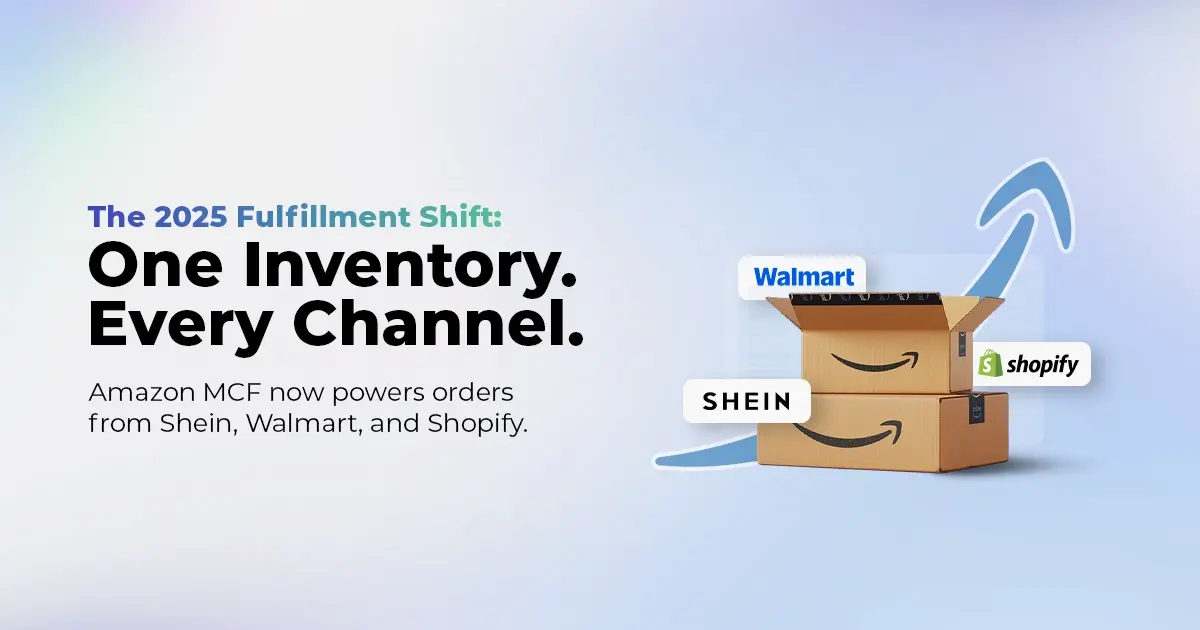
Reading Time: 11 minutesThe eCommerce shift you actually need to act on Multi-channel fulfillment has…
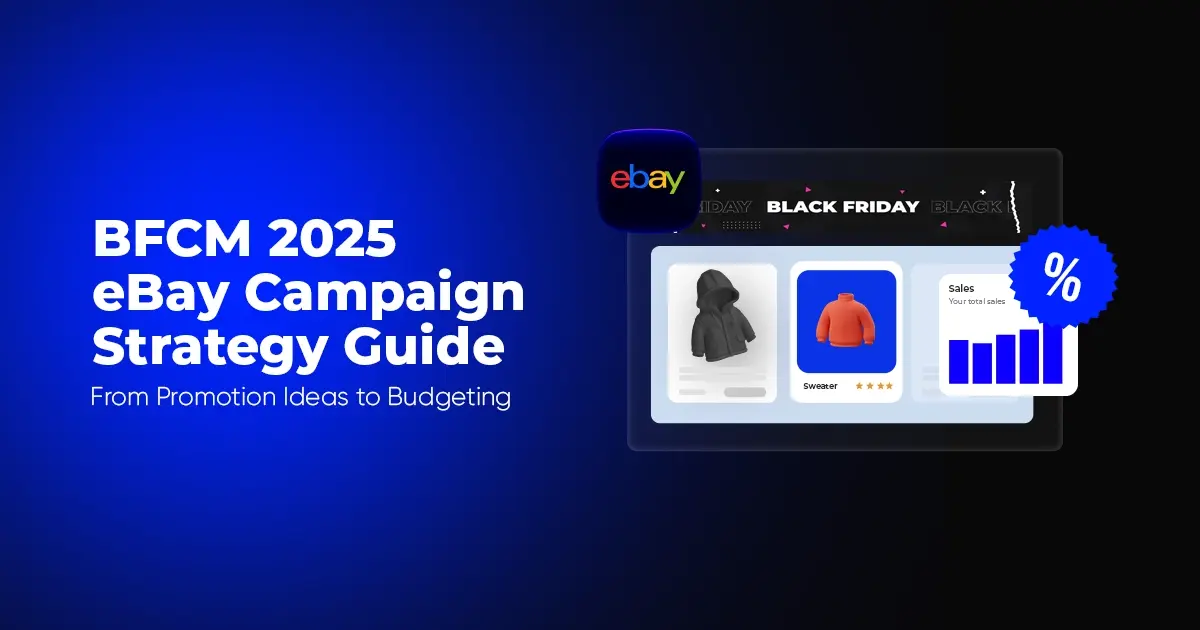
Reading Time: 10 minutesBlack Friday Cyber Monday (BFCM) isn’t a weekend anymore; it’s a two-month…

Reading Time: 2 minuteseBay is quietly testing a new feature that could reshape how buyers…

Reading Time: 2 minutesAmazon is stepping into a new era of value commerce with the…
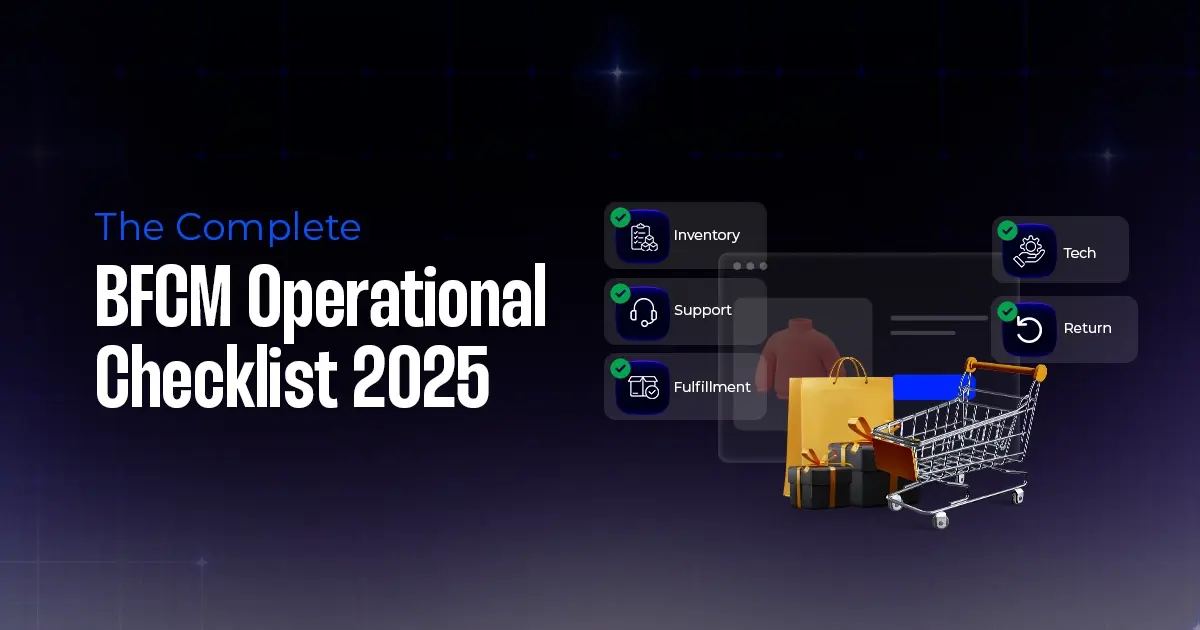
Reading Time: 11 minutesThe $240 Billion BFCM Opportunity & Why Operations Matter Every seller, business,…
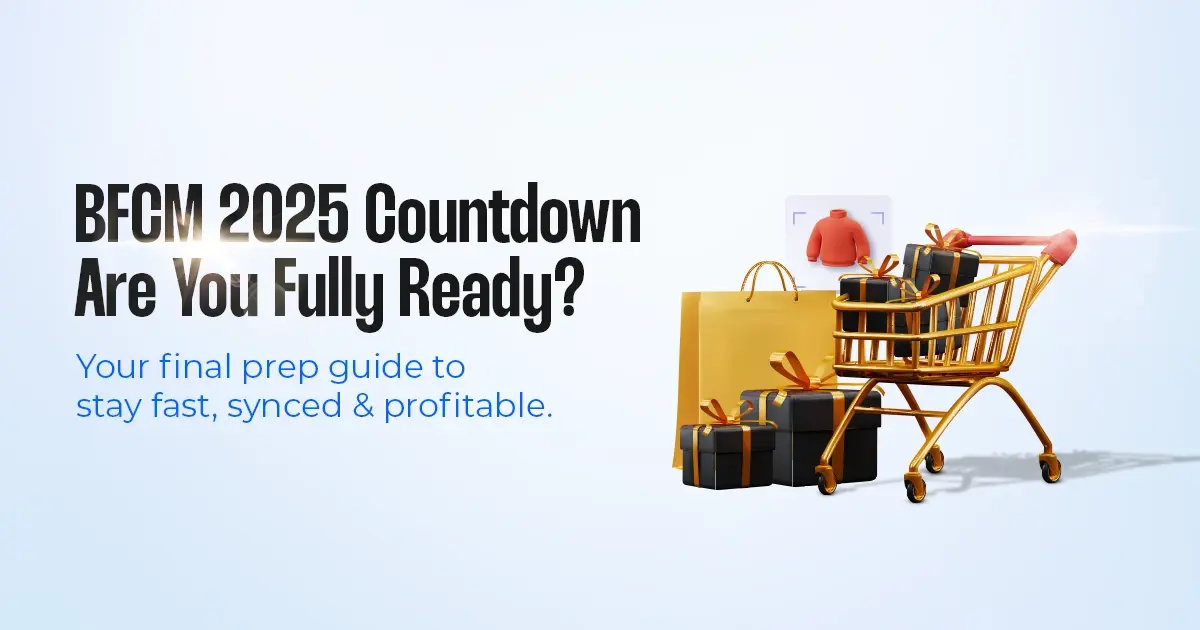
Reading Time: 7 minutesTL;DR — Your 60-Second BFCM Battle Plan Time remaining: 3 weeks until…

Reading Time: 2 minutesChina’s Double 11 shopping festival — the world’s largest annual online retail…

Reading Time: 2 minutesAs the holiday season approaches, TikTok Shop has released its September 2025…

Reading Time: 3 minutesIn a continued effort to enable sellers and stimulate new product launches…
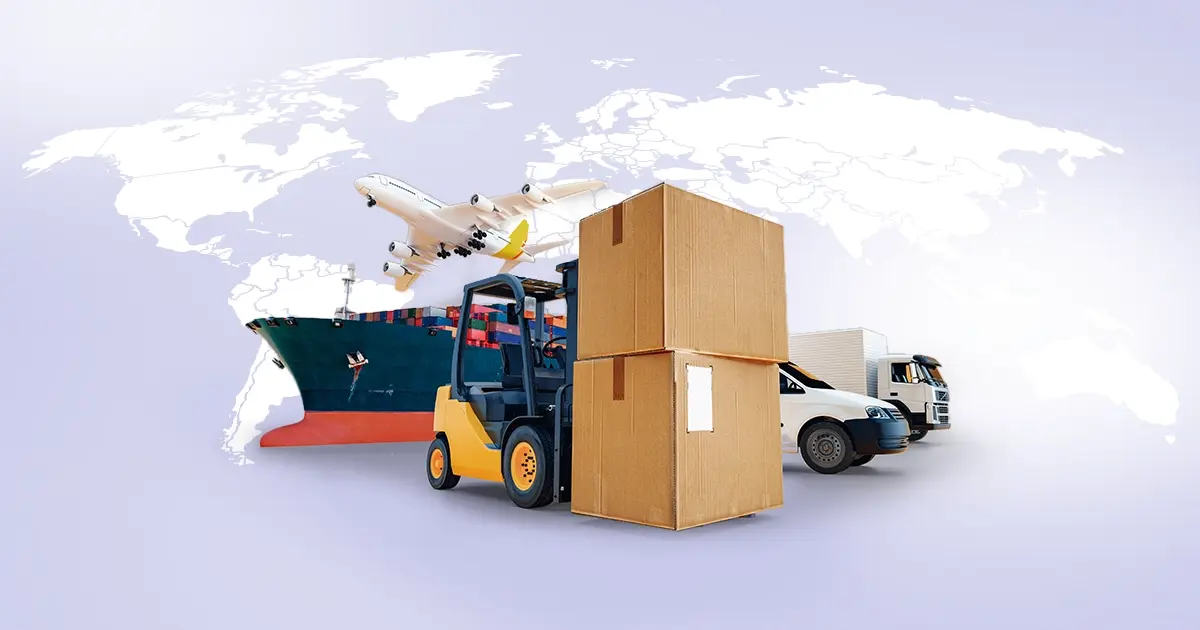
Reading Time: 2 minutesAs global trade enters a new phase of regulation and cost restructuring,…

Reading Time: 2 minutesOpenAI Turns to Amazon Web Services in $38 Billion Cloud Deal: What…
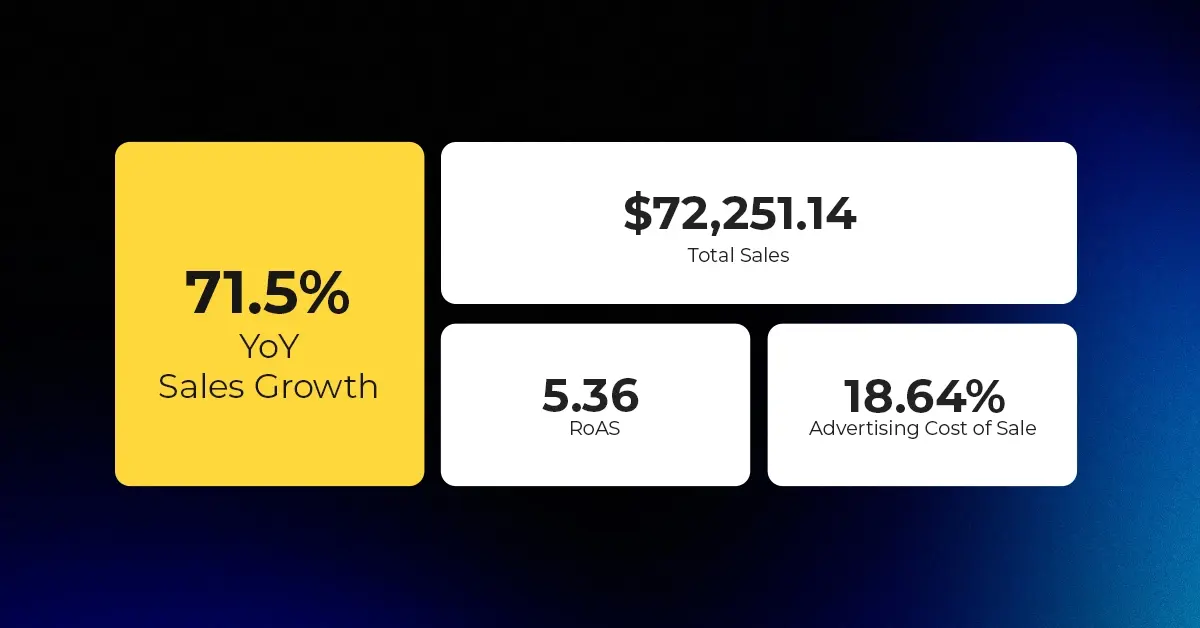
Reading Time: 4 minutesAbout the Client TMRG is a global health and wellness brand with…

Reading Time: 2 minutesAmazon Begins Quarterly Tax Reporting to China: A New Era of Cross-Border…
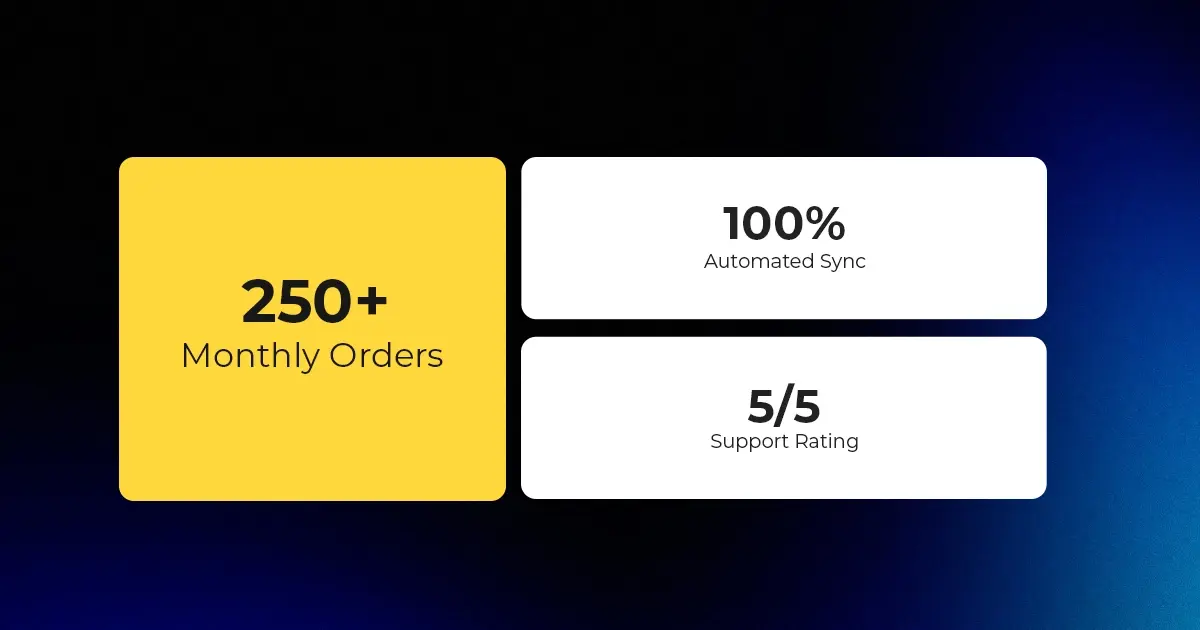
Reading Time: 2 minutesAbout the Brand Name: Stylecraft Industry: Home Décor & Lighting Location: US…

Reading Time: 2 minutesAbout the Brand Name: Flag Agency Industry: Digital Retail & Brand Management…

Reading Time: 2 minutesAbout the Brand Name: Stadium Goods Industry: Sneakers, Apparel & Collectibles Location:…

Reading Time: 11 minutesHalloween 2025: The Creative Seller’s Goldmine In the age of viral décor…

Reading Time: 2 minutesOverview AliExpress has launched a new global scheme — the Best Price…
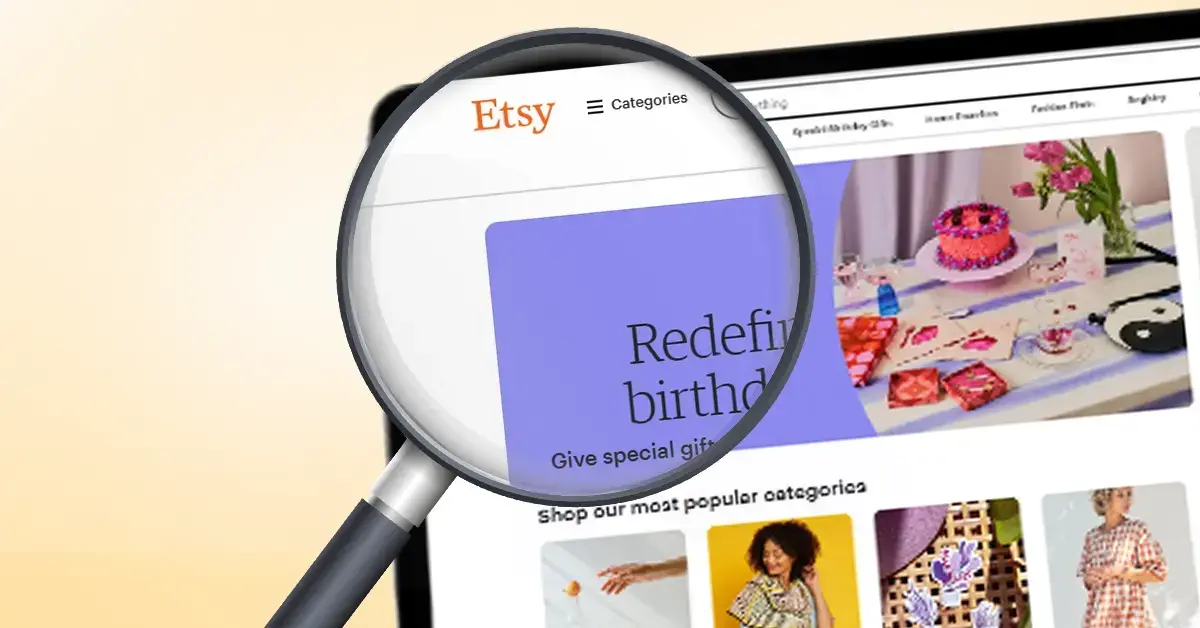
Reading Time: 3 minutesEtsy, Inc. (“Etsy”) today announced two major developments: the appointment of Kruti…

Reading Time: 2 minuteseBay posted a strong performance in Q3 2025, with revenue and gross…